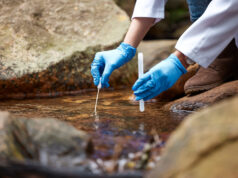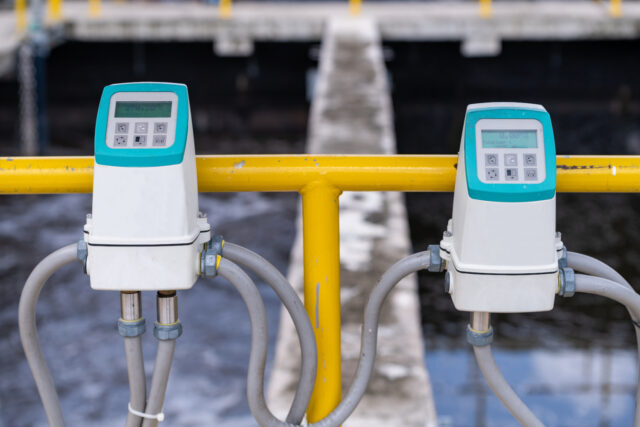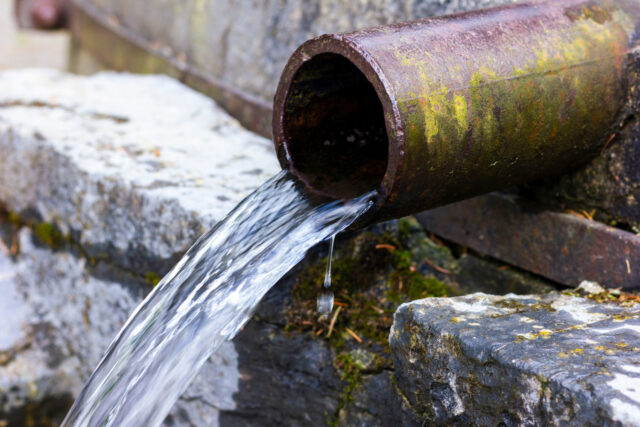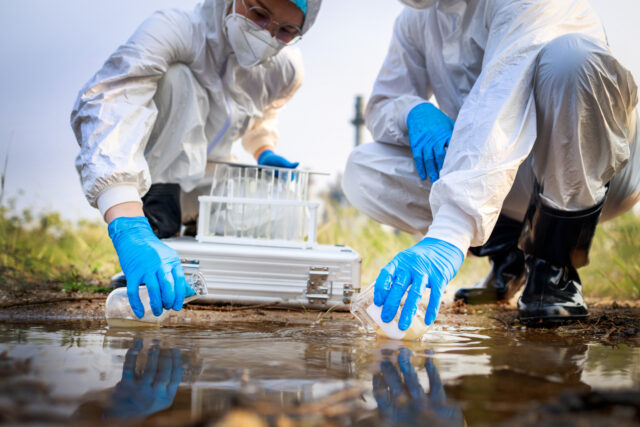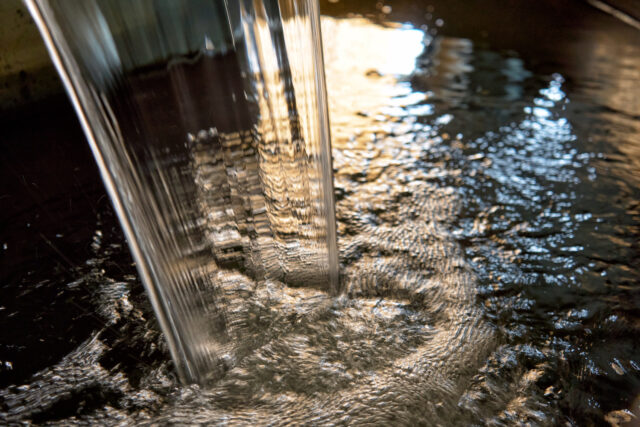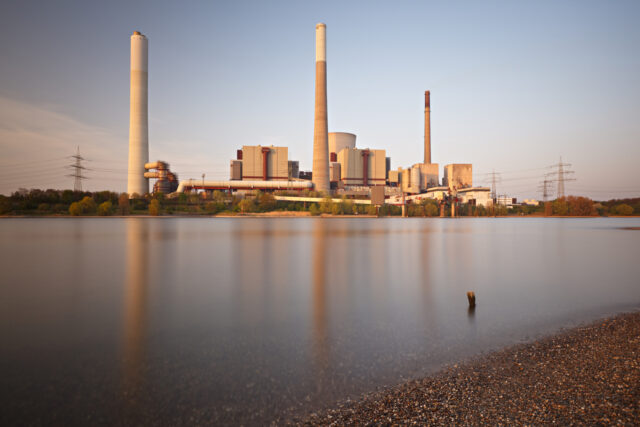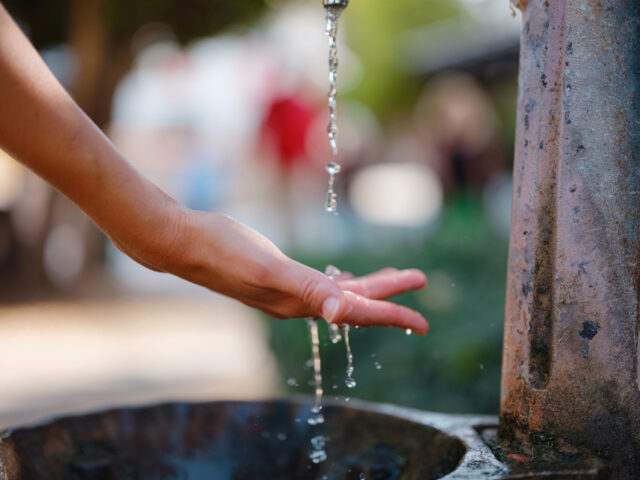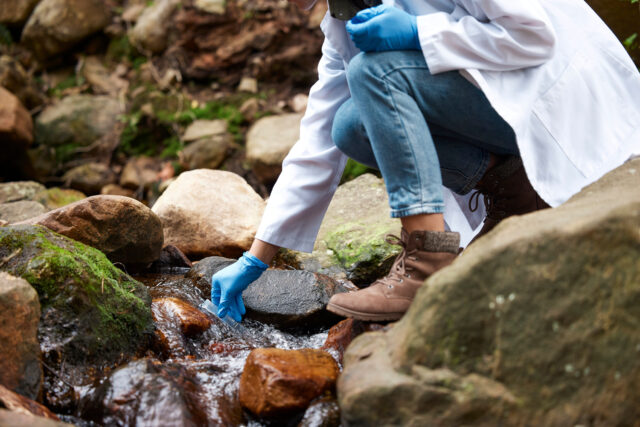Next-Gen Water Treatment: Cutting-Edge Tech for a PFA-Proof Plant
Staying ahead of contaminants and ensuring the delivery of safe, clean water to the public is a paramount challenge. As populations grow and industrial activities increase, the demand for high-quality water intensifies, making advanced water treatment technologies more critical than ever. Two pivotal advancements in this domain are water quality monitoring and membrane technology, both offering significant benefits and practical solutions for water treatment.
While traditional methods like chlorine disinfection have served us well, according to a 2023 study by the U.S. Geological Survey, at least 45% of the nation’s tap water contains one or more per- and polyfluorinated alkyl substances (PFAS), also known as “forever chemicals”. These emerging threats, alongside stricter government regulations, are fueled by urgency and demand a multi-pronged approach.
Water Quality Monitoring: The First Line of Defense
Effective water quality monitoring is essential for detecting contaminants and ensuring compliance with safety standards. Modern monitoring systems leverage real-time data and advanced sensors to provide continuous insights into water quality parameters such as pH, turbidity, and contaminant levels. Integrating these advanced monitoring systems means more proactive and efficient management of water resources, enabling swifter response to anomalies. Practical advice for implementation includes:
- Invest in Integrated Systems: Choose systems that offer seamless integration with existing infrastructure and provide comprehensive data analytics.
- Prioritize Training: Ensure staff are adequately trained to interpret data and respond swiftly to any anomalies.
- Regular Maintenance: Schedule regular maintenance and calibration of monitoring equipment to maintain accuracy and reliability.
Continuous, real-time water quality monitoring can be a crucial edge for treatment facilities, providing a more complete picture of water conditions and allowing for better informed water management decisions and real-time public transparency.
Membrane Technology: New Frontiers in Filtration
Imagine a microscopic barrier so selective it allows water molecules to pass through while rejecting everything else. That’s the magic of membrane filtration, inspired by nature’s semi-permeable membranes in plant cells. Membrane technology has revolutionized water treatment by providing highly effective filtration solutions. These technologies, including reverse osmosis (RO), ultrafiltration (UF), and nanofiltration (NF), can remove a wide range of contaminants, from large particulates to dissolved salts and organic molecules.
For practical application of these technologies, consider the following:
- Select Appropriate Membranes: Choose membranes based on the specific contaminants present in your water source and the desired water quality.
- Optimize Operational Parameters: Regularly monitor and adjust parameters such as pressure and flow rate to maximize efficiency and lifespan of the membranes.
- Implement Regular Cleaning Protocols: Establish routine cleaning and maintenance schedules to prevent fouling and ensure consistent performance.
By embracing advanced water quality monitoring and membrane technology, water treatment professionals can not only meet today’s challenges but also future-proof their systems for a cleaner, safer tomorrow.




